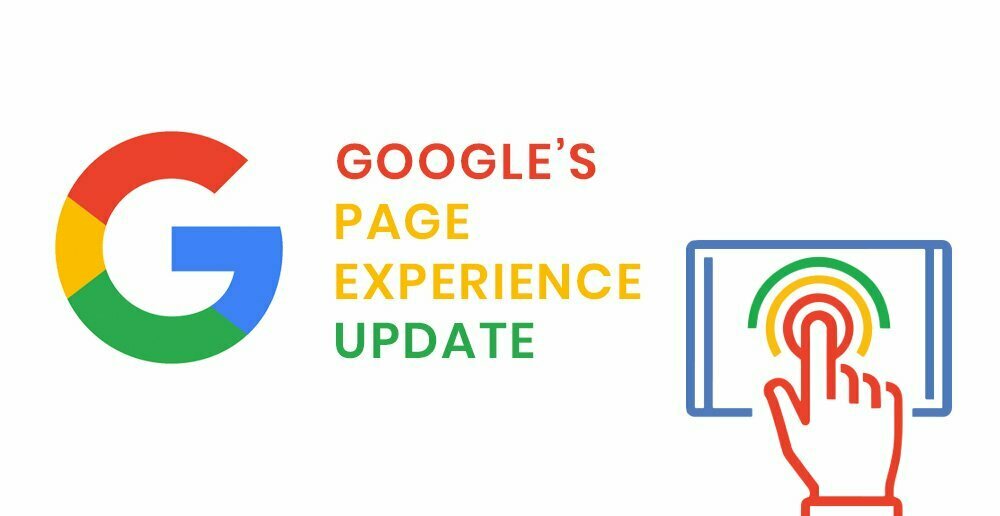 SEO has changed a lot over a period of time and the ranking factors are more inclined towards user experience and quality of the website. The better the user experience, the higher the rankings. If you are new to user experience factors, then don’t worry, we have got you covered.
SEO has changed a lot over a period of time and the ranking factors are more inclined towards user experience and quality of the website. The better the user experience, the higher the rankings. If you are new to user experience factors, then don’t worry, we have got you covered.
In this article, we will check out all the user experience factors that you need to optimize for improving the SEO performance of your website. As the search engines are rapidly evolving, the user experience factors have also changed a lot and you need to consider them while optimizing your website. On this note, let’s explore how to improve the overall SEO with user experience factors and stay ahead of the competition.
Natural language processing
Google is heavily using NLP technologies in its algorithms like RankBrain and BERT to improve the overall processing of the search engines. Google wants to give the most reliable and accurate search results to users’ queries. So, you also need to ensure the content is optimized as per the algorithm. You need to ensure that the content is semantically optimized for users.
Semantic optimization means optimizing the content with relevant similar information and using other elements like LSIs to bring more relevance to the search queries. Earlier there was only a limited semantic scope present for website owners. However, now the webmasters have a variety of tactics, tools, and guidelines to optimize the content for semantic searches. Whether you run a local business or a global company, it’s important to focus on Google’s NLP-based algorithms.
User-focused content creation
 When creating content for your website, do basic research on what your potential customers are searching for as it will give you a much better context. User-focused content creation involves creating such an informative copy that covers all important queries that customers are searching for. User-focused content creation involves doing proper keyword research, picking up the right topics that will solve user queries, and more.
When creating content for your website, do basic research on what your potential customers are searching for as it will give you a much better context. User-focused content creation involves creating such an informative copy that covers all important queries that customers are searching for. User-focused content creation involves doing proper keyword research, picking up the right topics that will solve user queries, and more.
Before creating any content, create clear goals as it will make the entire process much seamless and easy. Once you map your goals and customer interest, it’s time to find relevant topics and keywords to get the maximum benefits from the content. To begin with, examine the top ten search results and see how the websites have created the content and for which keywords they are ranking.
Website accessibility
The next important user experience element is the ease of access to the website and content. When the content is top-notch but the website structure is inefficient, then the website will suffer from SEO losses. Make sure the website is easy to access on both desktop and mobile versions.
Website accessibility also includes the site’s loading speed because speed is a major ranking factor. You can use free tools like Google PageSpeed Insights to scan the website for free to check the loading speed on both desktop and mobile versions. The best part about this tool is that you also get in-depth optimization suggestions for improving the overall speed. Along with speed, if your website is in the EU region, you might need to follow GDPR compliance.
Web page experience
 Core Web Vitals (CWV) is Google’s biggest algorithm update that will rank the website based on how good the web page experience is. Core Web Vitals is all about optimizing the website for a better user experience. This update is not mainly about content, but about the overall browsing experience.
Core Web Vitals (CWV) is Google’s biggest algorithm update that will rank the website based on how good the web page experience is. Core Web Vitals is all about optimizing the website for a better user experience. This update is not mainly about content, but about the overall browsing experience.
The web page experience Be it the page’s speed, mobile-friendliness, or easy accessibility, all these factors matter when it comes to web page experience. First, begin with fixing the on-page factors and optimize the headings tags, image alt tags, page segmentation, and more. Use bullet points and FAQ sections wherever necessary to make the content more readable and easy to skimp.
Reflect on what your readers need
Use Google Analytics to see how your visitors are reacting to your website’s content and products. Check out all well-performing and less-performing pages to make the needful changes. Along with Google Analytics, you can do basic research to check what your audience is searching to reach you and buy products or services from you.
When you carefully do the research to find out important information, you can implement a more improvised version of your SEO services strategy. Keep your content, sales funnel, and marketing campaign to the point and as per your targeted audience. Other than this, there are many other things that you can consider while making changes to the website as per the user experience.
These were the most important user experience factors that you can consider to improve SEO strategies and thrive online on better audience reach and sales. With constantly evolving search engine changes, it’s important to focus on user experience and make the most of it.

